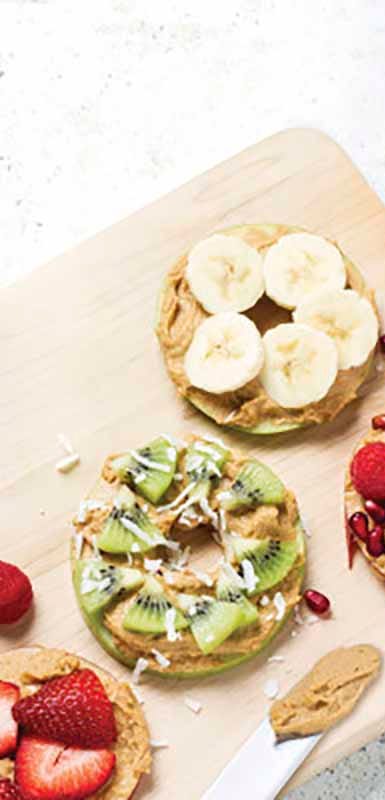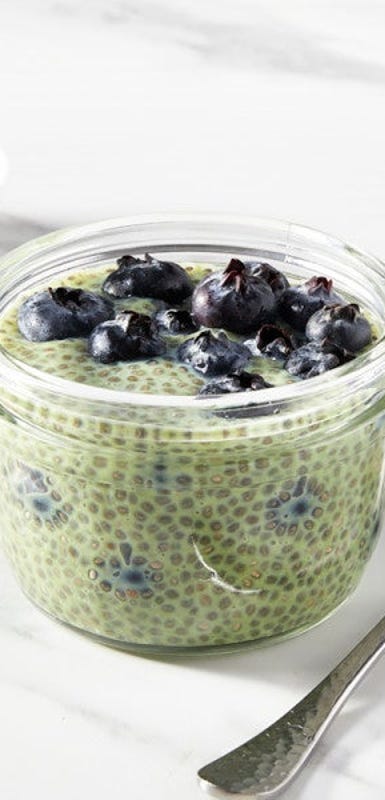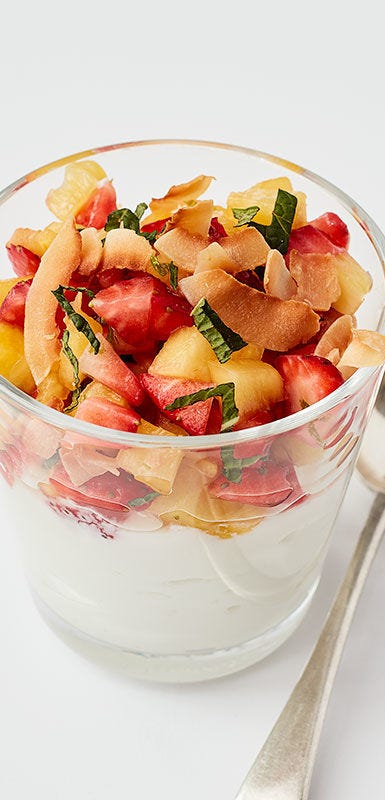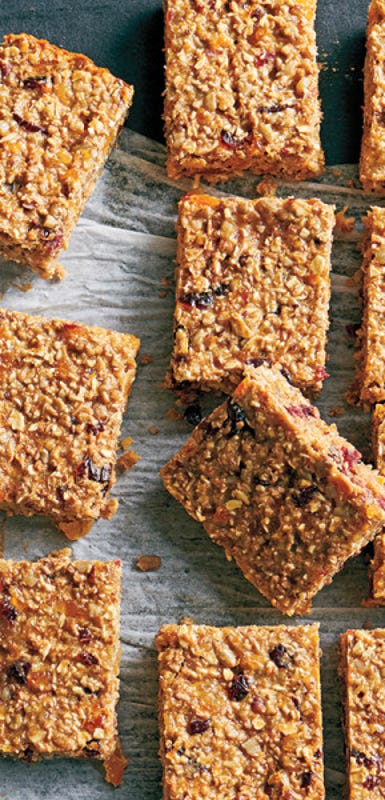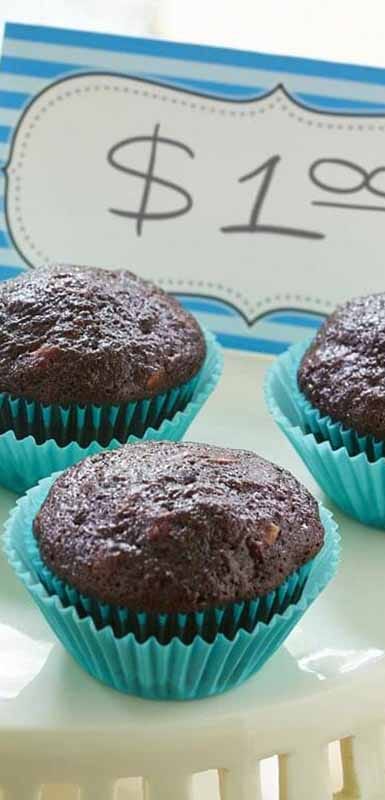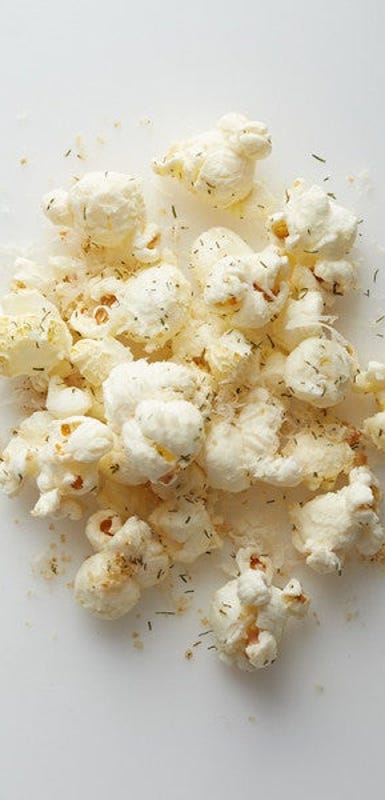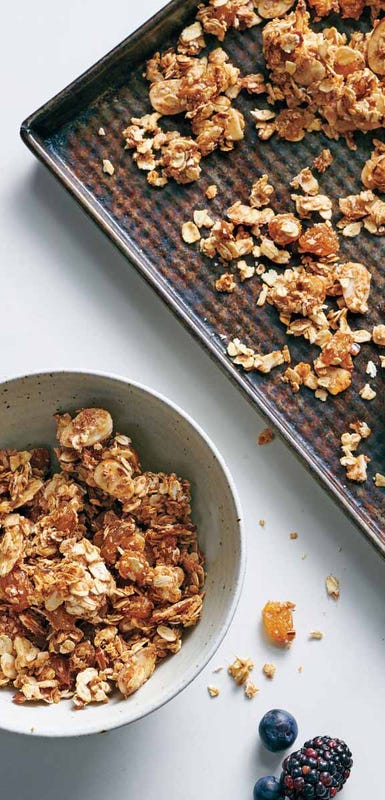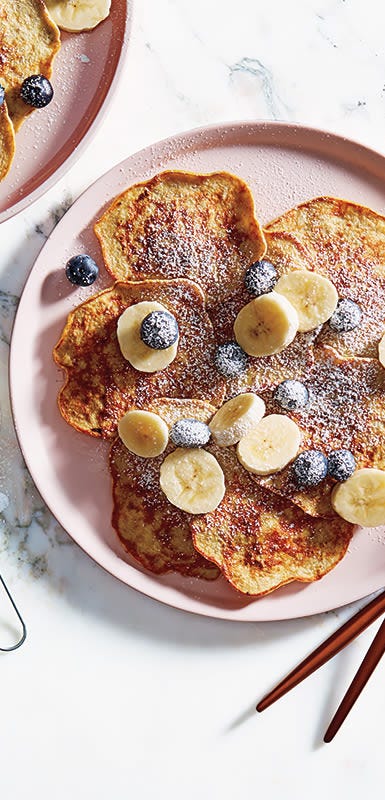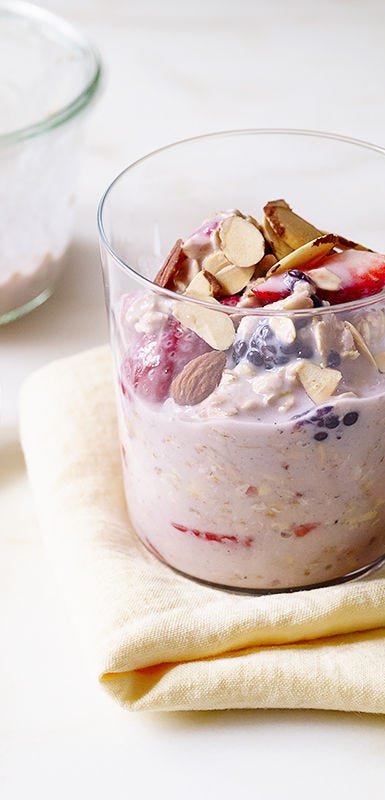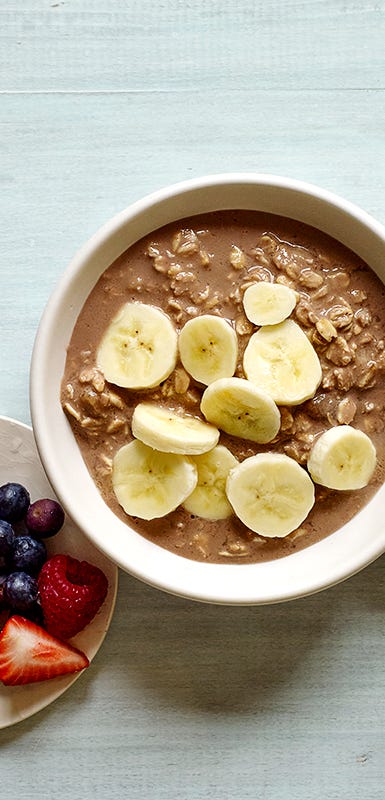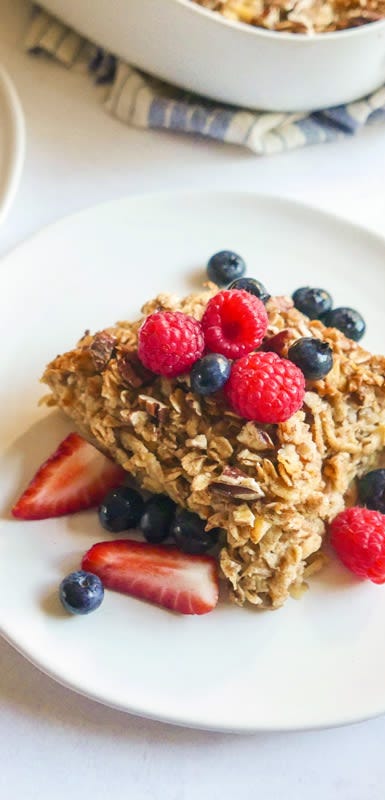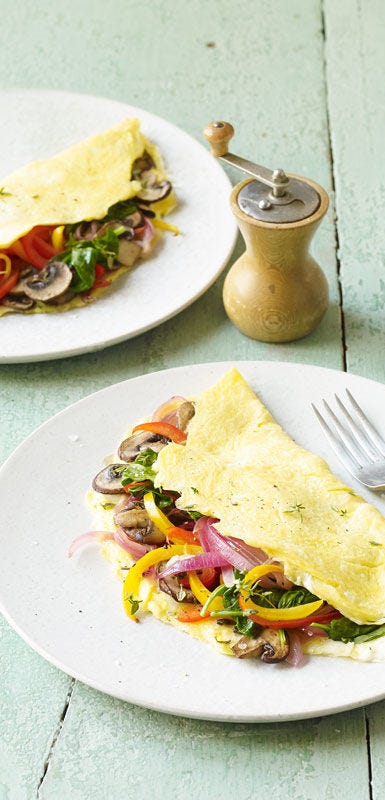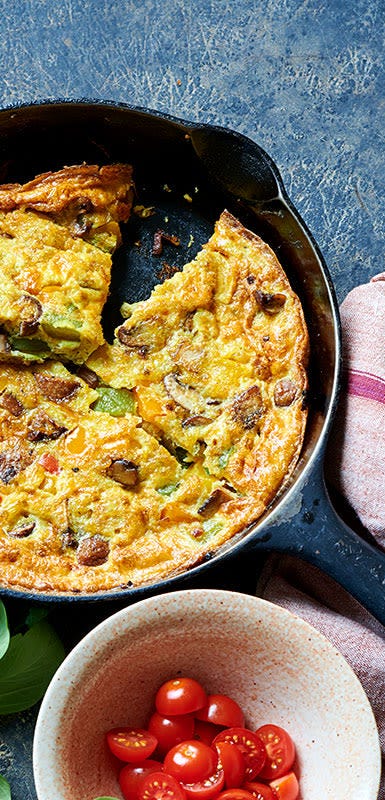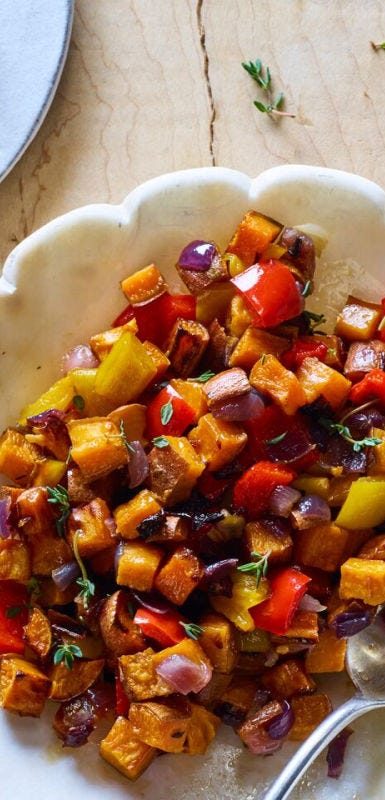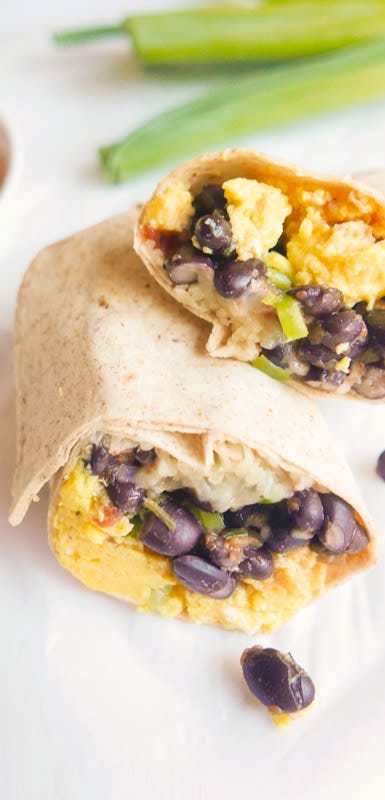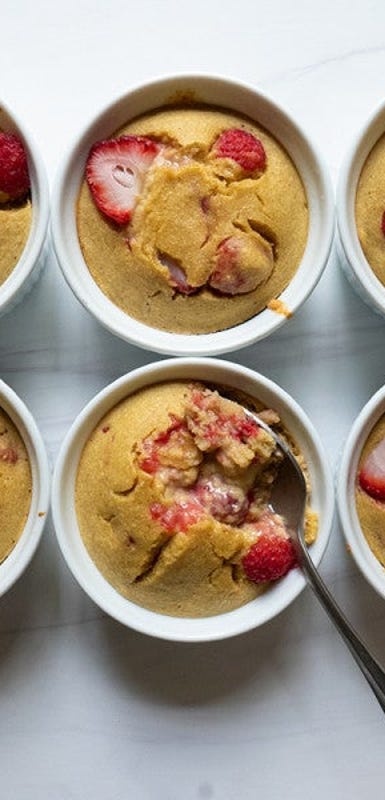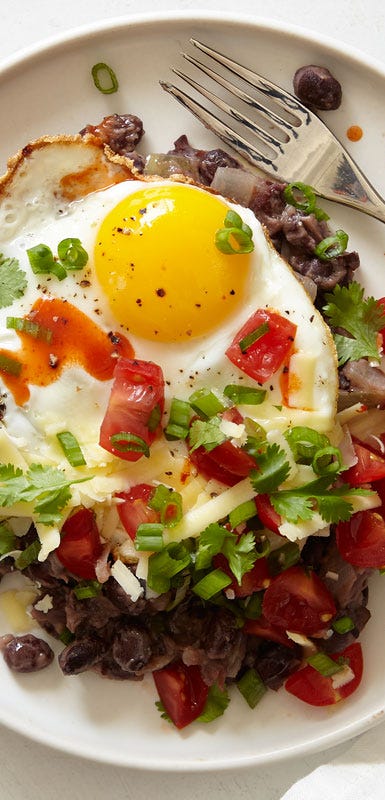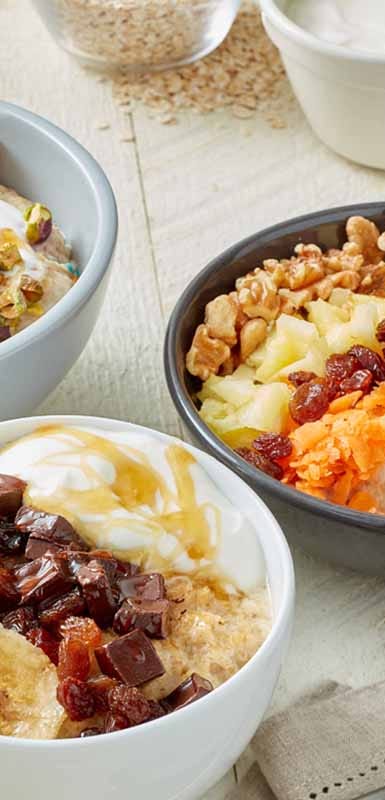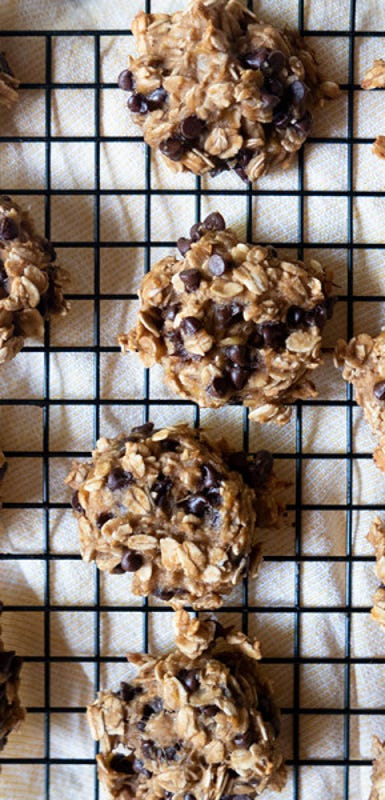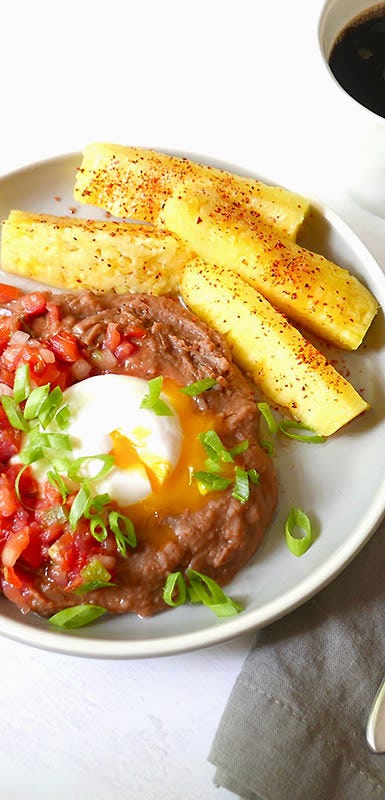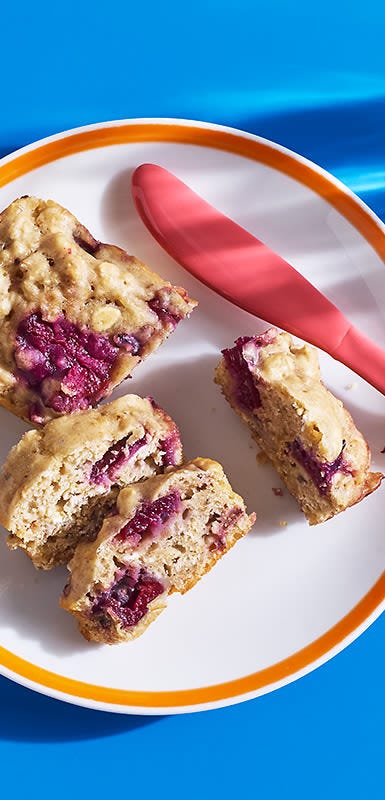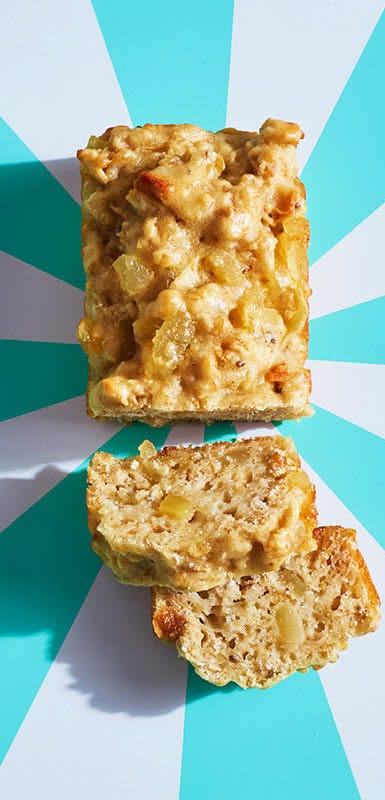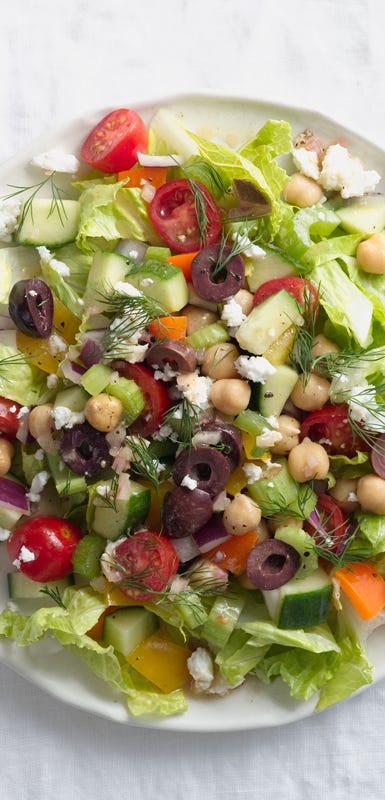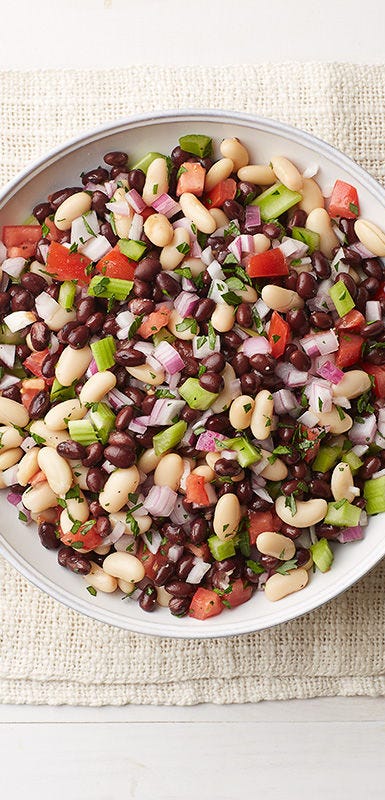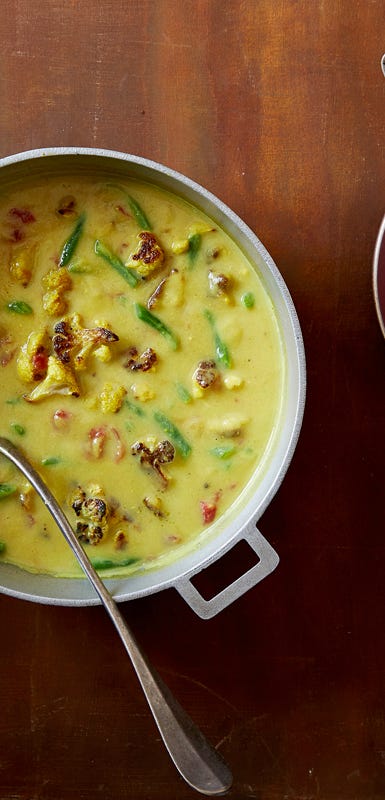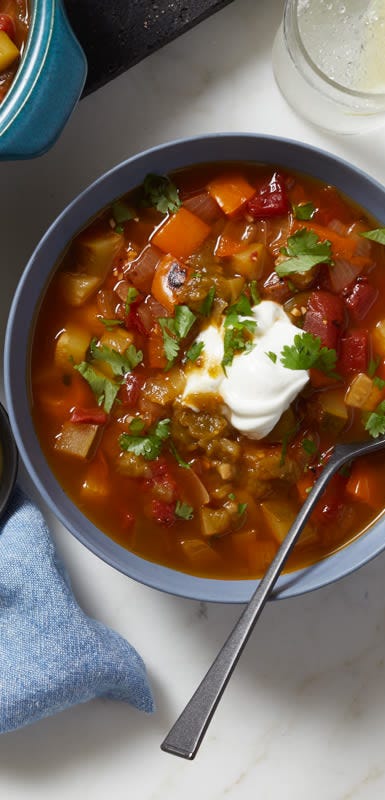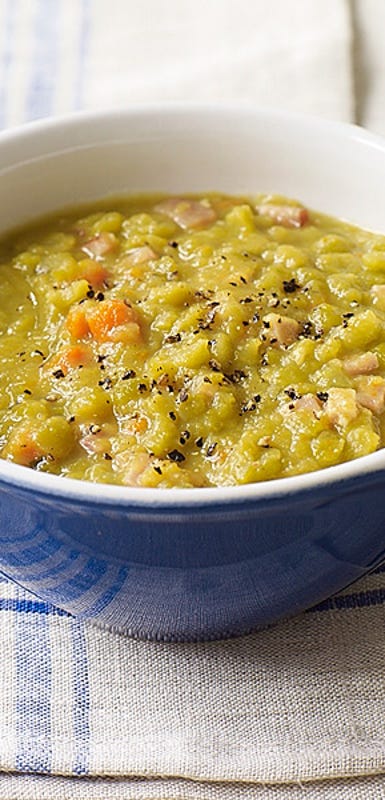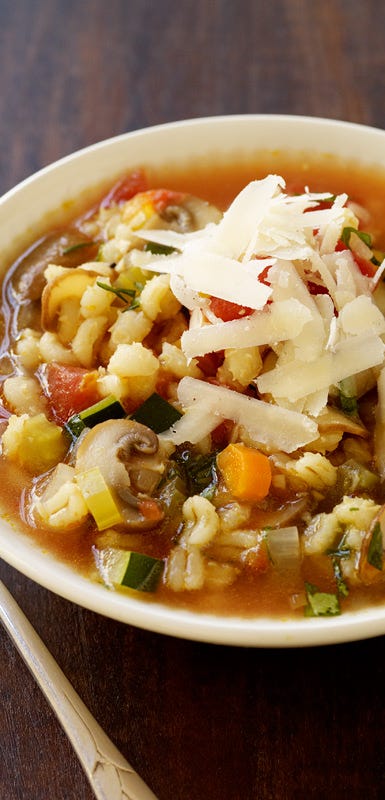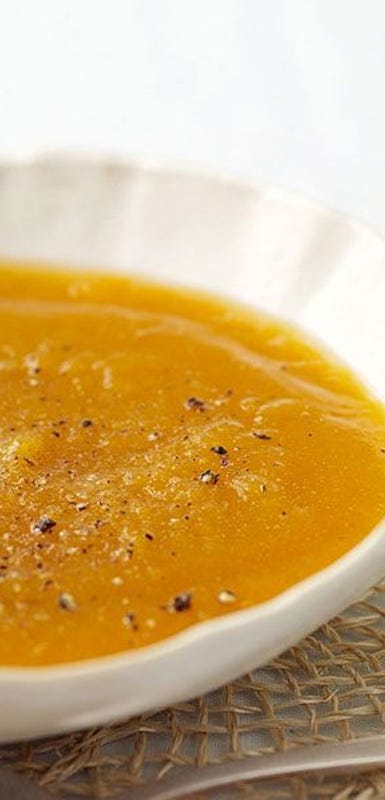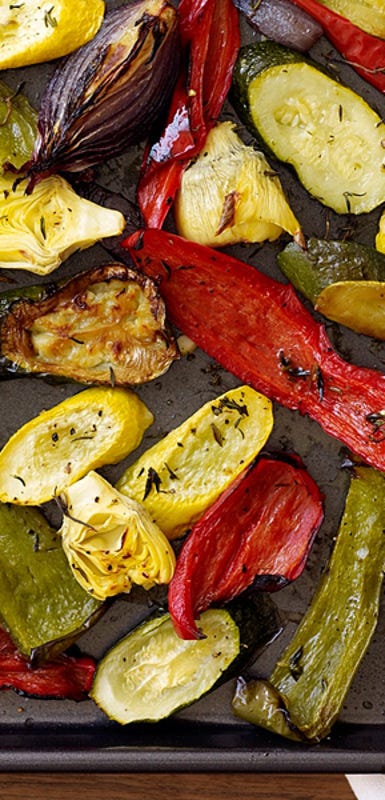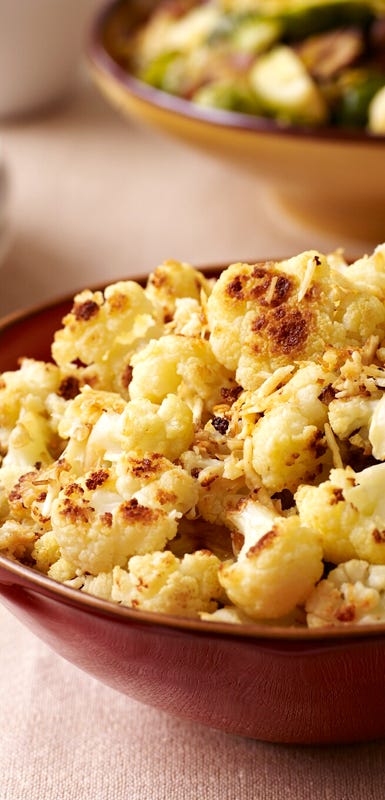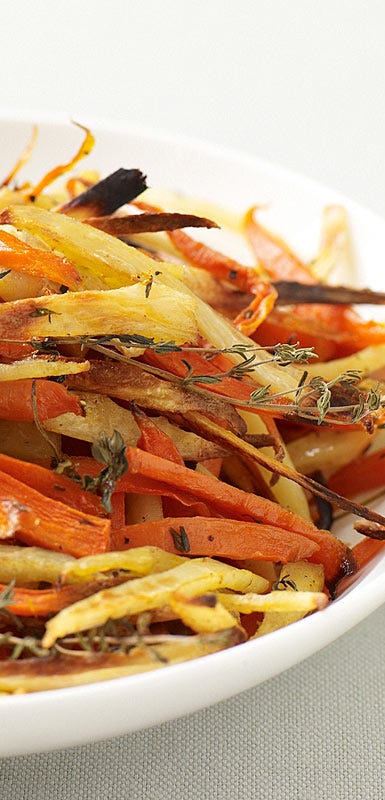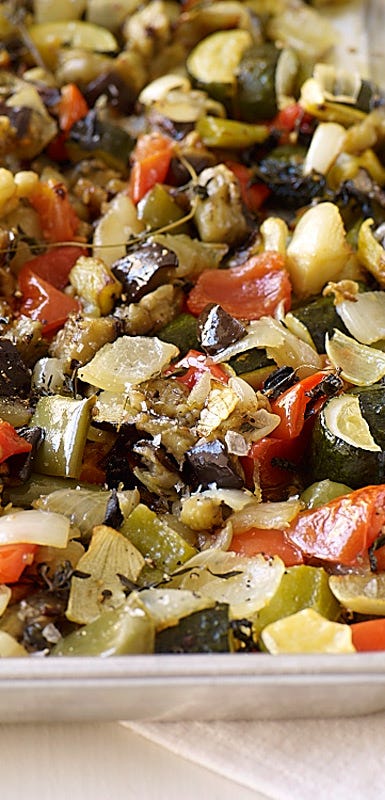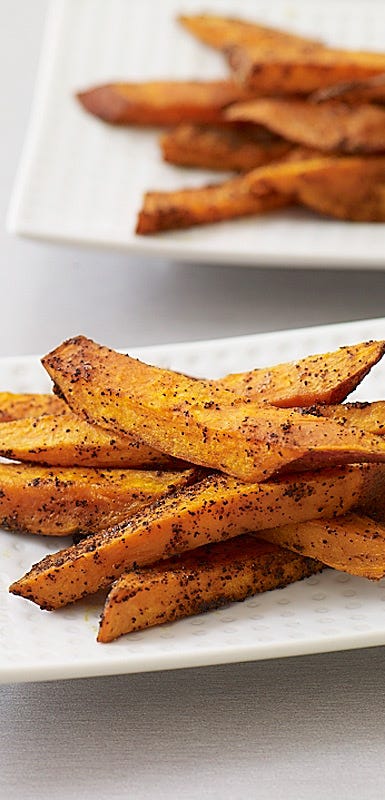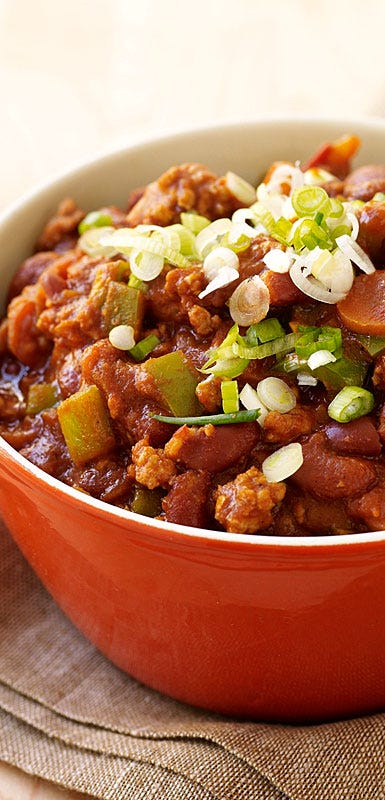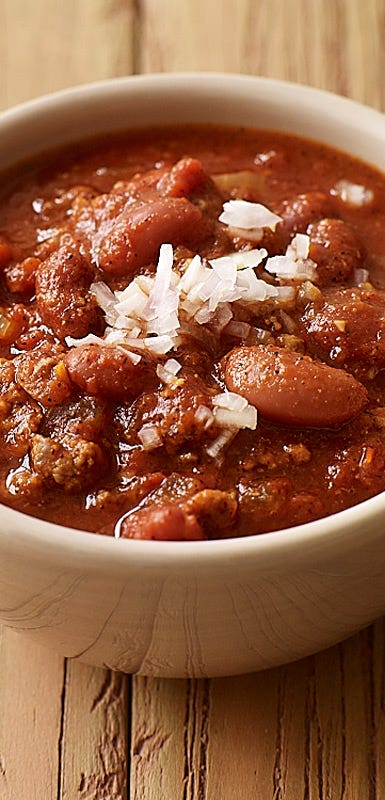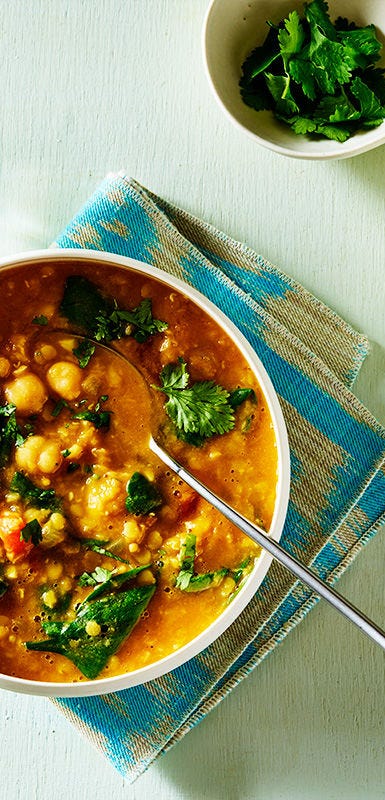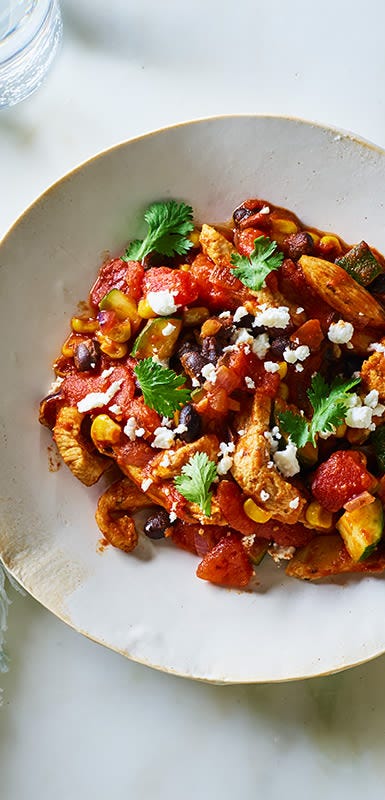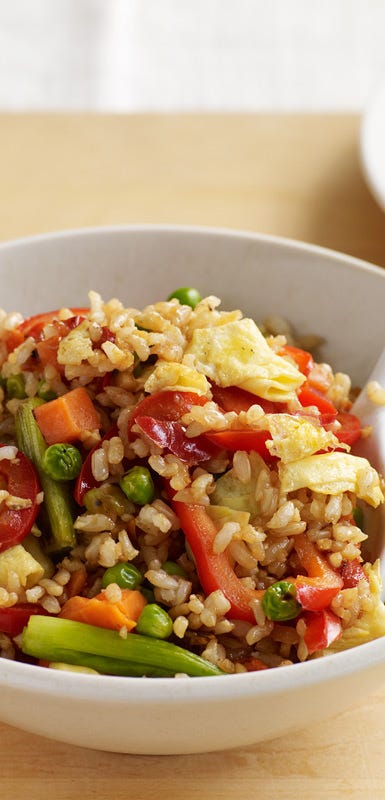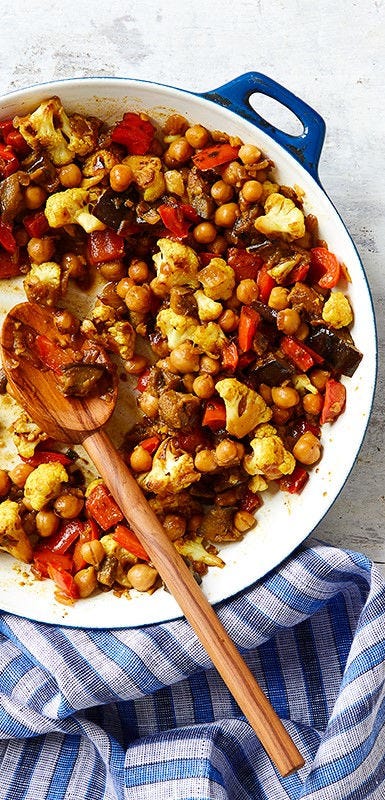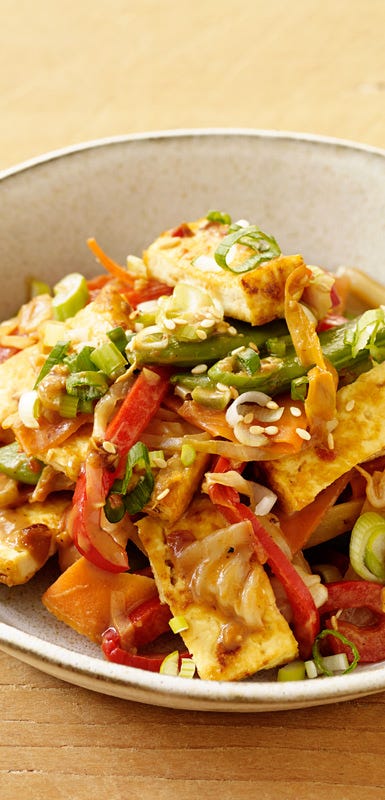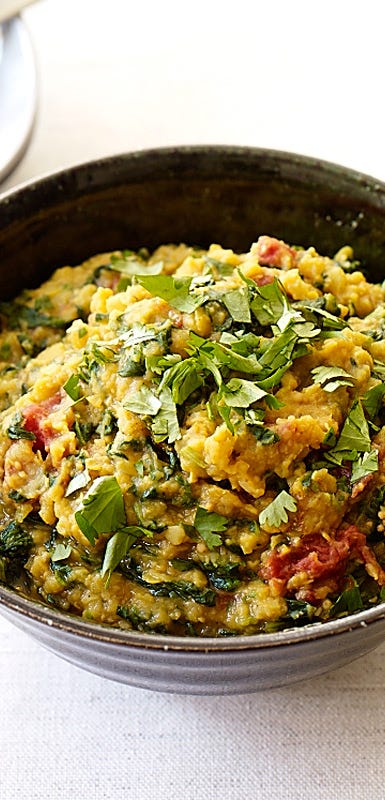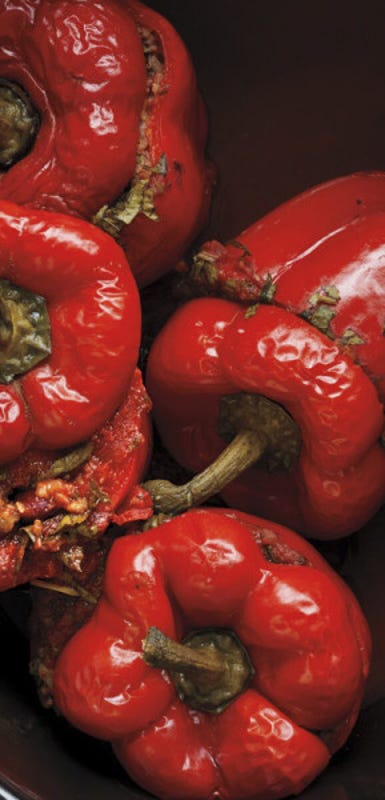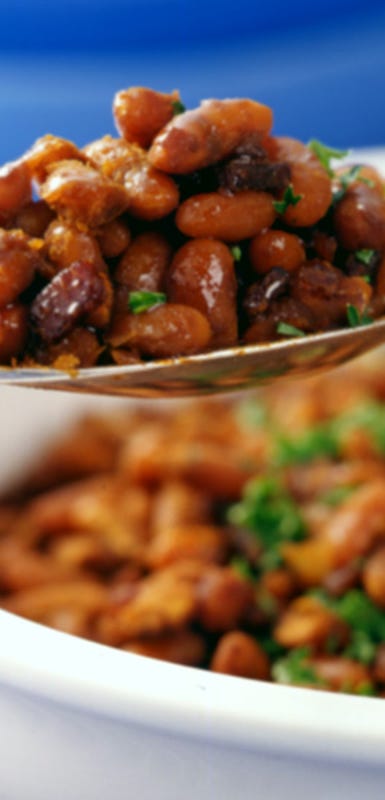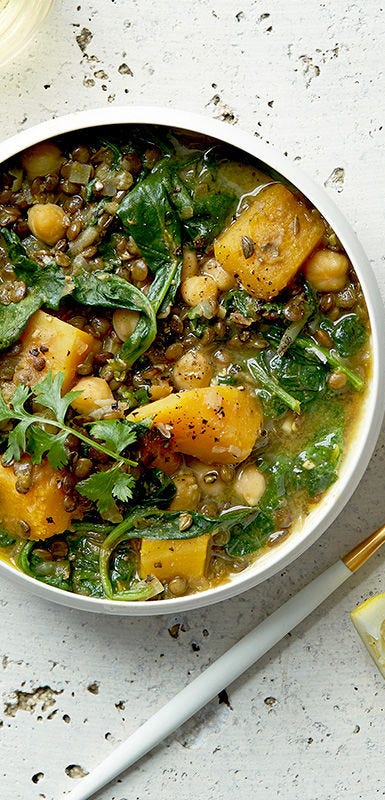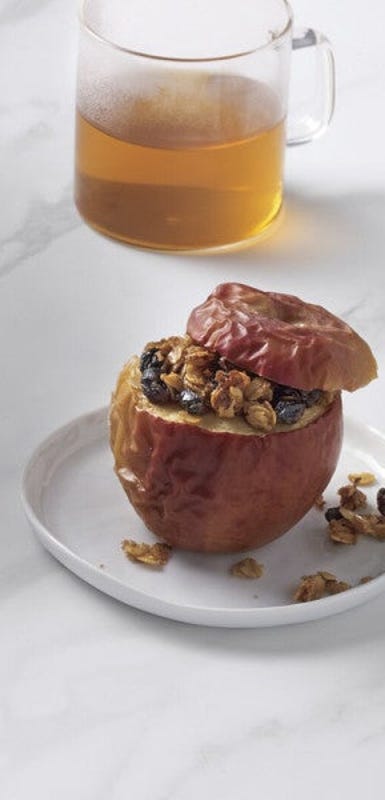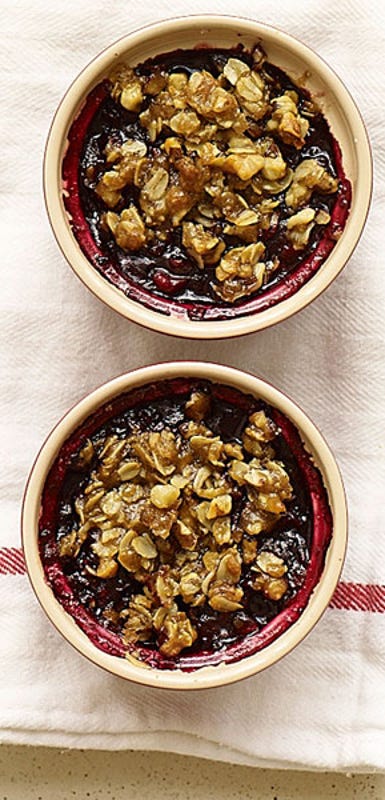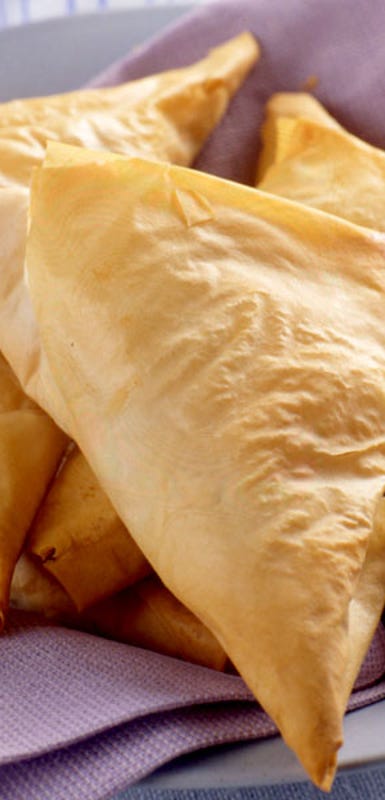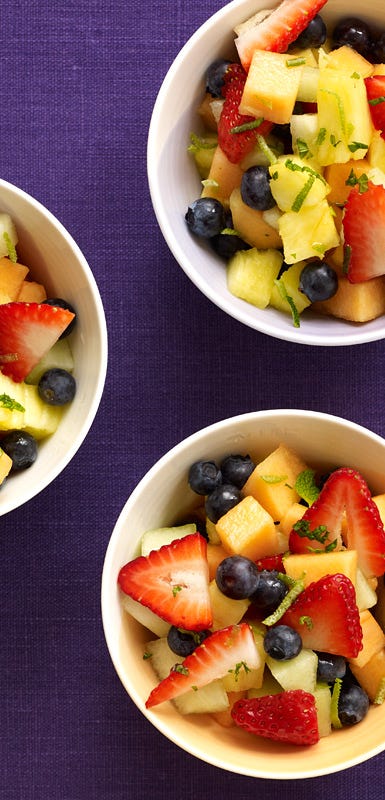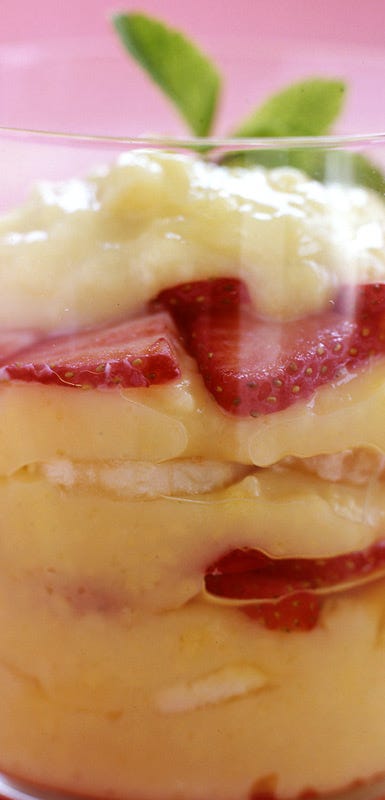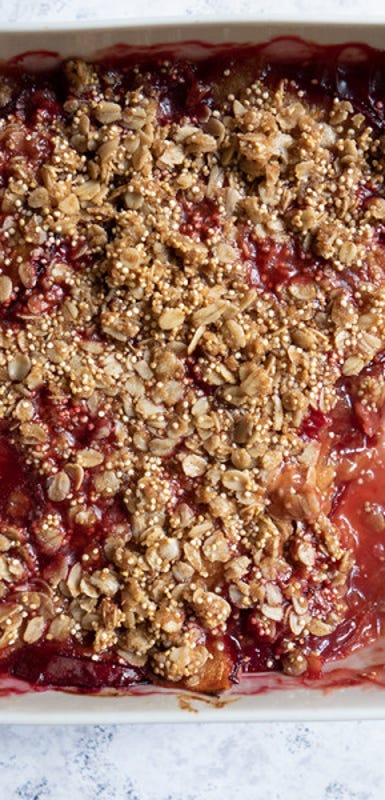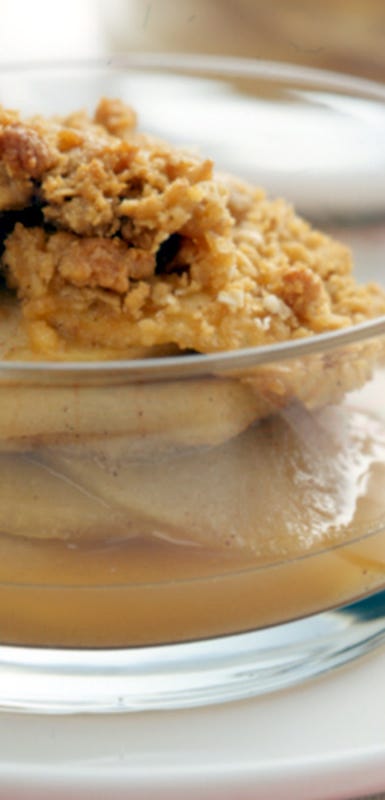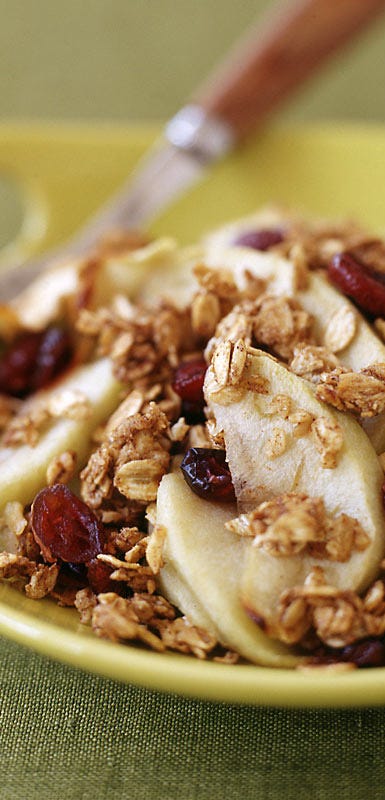Fibre 101 + recipe roundup
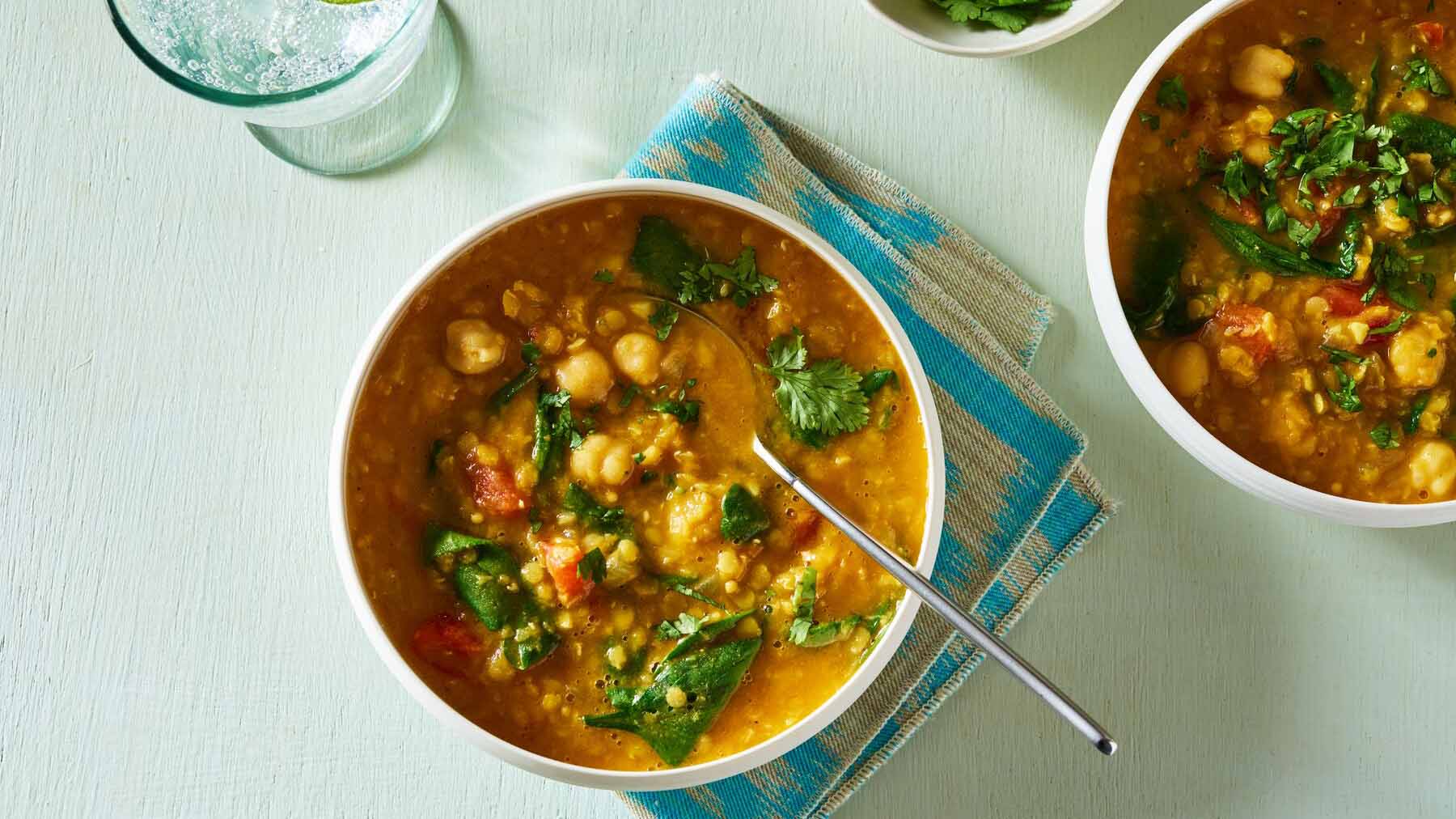

It’s long been established that fibre is an important part of a healthy diet, but what is it and what role does it play in our overall digestive health?
Fibre is a type of carbohydrate, but unlike other carbohydrates it doesn’t break down in the digestive tract. Fibre is also a prebiotic, which means it’s used by gut bacteria as a food source, resulting in a healthy biome that can efficiently absorb other nutrients that pass through the digestive tract.
Plus, fibre is a part of the algorithm that assigns Points values to foods.
There are two types of fibre, soluble and insoluble, and they play different roles in maintaining gut health:
Soluble fibre forms a gel-like substance in the digestive tract by absorbing excess water, which in turn slows down digestion, creating a feeling of fullness. In addition to promoting satiety, soluble fibre helps to lower LDL (or “bad”) cholesterol.
Sources of soluble fibre include: whole grains (such as oats, popcorn, barley, and bulgur), pulses (beans, chickpeas, lentils, and peas) and starchy vegetables (such as acorn or butternut squash, sweet potatoes, and carrots.)
Insoluble fibre doesn’t dissolve in water, which means it adds bulk and volume to the stool which helps it pass through the digestive tract. Insoluble fibre also assists with blood sugar regulation and insulin sensitivity after eating.
Sources of insoluble fibre include: non-starchy vegetables (such as leafy greens, tomatoes, eggplant, zucchini, peppers, and cabbage) and many kinds of fruit (such as kiwi, berries, pineapple, apples, pears, and dried fruit.)
Snacks
Feeling the midday slump? Reaching for a fibre-rich snack will leave you feeling full until the next meal. The recipes below are packed with ingredients that are excellent sources of both soluble and insoluble fibre, including chia seeds, popcorn, and oats, as well as fresh and dried fruit. Other filling snack options include veggies and hummus (or any other favourite bean dip), granola bars with added fibre, and low fat yogurt topped with bran cereal and raisins.
Keep These Fibre-Filled Snacks Handy:
Breakfast
There’s no better way to begin the day than with a fibre-packed breakfast, and the meals in this section contain plenty of soluble and insoluble fibre (as well as protein and healthy fats.) Whether you love a savoury breakfast or you prefer something on the sweeter side, these wide-ranging recipes make good use of super-nutritious ingredients like fresh and dried fruit, veggies, and beans. Make a big frittata or batch of overnight oats at the beginning of the week to reheat and you’ll feel energized and ready-to-go every morning without any effort.
Wake Up and Stay Full With these Fibre-Filled Breakfast Recipes:
Salads, Soups, and Sides
Packed with pulses and veggies, many of these recipes for salads, soups, and sides are filling enough to be served on their own as an extra-filling lunch or lighter main dish. Whole grains such as barley and quinoa are featured, but feel free to choose another grain from the long list of readily-available options at your local supermarket. Grains that have a longer cooking time, such as barley and wheatberries, can be made in large batches and frozen for future use. Starchy vegetables like sweet potatoes, carrots and parsnips are ideal for roasting. For even more fibre and nutrients, roast the veggies with the skin intact.
Try These Fibre-Rich Recipes for Salads, Soups & Sides:
Main Dishes
Adding lentils, chickpeas, beans or split peas to stir fries, stews, and chili is a sure-fire way to majorly boost the fibre content of these main dish meals, as well as other important nutrients such as protein, iron, and zinc. We’ve used a combination of canned and cooked-from-dried pulses, and for many of the recipes they can be used interchangeably. When buying dried beans and lentils, look for fresh pulses without mottled skin or signs of mold. Before cooking, sort through the pulses, watching out for small stones and for any whiff of rancidity (if they smell off, the pulses should be tossed.)
Up Your Fibre Intake With these Hearty Main Dishes:
Desserts
These WeightWatchers® friendly desserts hit the fibre sweet-spot thanks to the inclusion of fresh and dried fruit, oats, and other whole grains. Keeping a variety of frozen fruit on hand makes these dessert options a snap, especially berries and other seasonal, easily-perishable fruits. Many of these recipes can double as breakfast or brunch options, especially when topped with a scoop of protein-rich low fat Greek yogurt or skyr.

